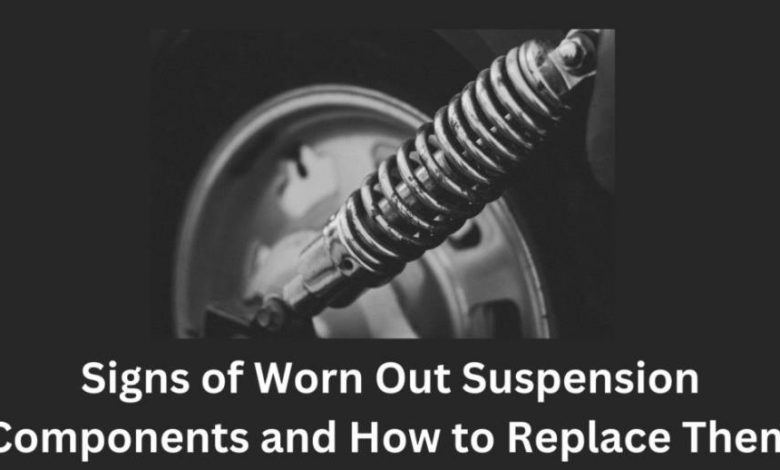Understanding the Different Types of Car Suspension

Understanding the Different Types of Car Suspension
Introduction
When it comes to cars, one of the crucial components responsible for a smooth and comfortable ride is the suspension system. Car suspension refers to the arrangement of springs, shock absorbers, and other mechanisms that connect the car’s body to its wheels. Understanding the different types of car suspension can help you make informed decisions regarding your vehicle’s maintenance and upgrades. In this article, we will dive into the various types of car suspension systems and their benefits.
Different Types of Car Suspension
1. Independent Suspension
Independent suspension is the most common type found in modern cars. It allows each wheel to move independently and absorb shock separately. This type of suspension provides better handling, traction, and a smoother ride. Independent suspension can be further categorized into:
a) MacPherson Strut
The MacPherson strut is a popular type of suspension system found in many front-wheel-drive vehicles. It consists of a single suspension unit combining a shock absorber, coil spring, and a steering pivot. This design offers simplicity, cost-effectiveness, and space savings.
b) Double Wishbone
Double wishbone suspension is commonly used in high-performance and luxury vehicles. It uses two triangular-shaped control arms to connect the wheel to the vehicle’s body, providing enhanced stability and handling.
c) Multi-Link Suspension
Multi-link suspension utilizes multiple links and control arms to connect the wheels to the body. This suspension system offers a good balance between handling, comfort, and compactness.
2. Dependent Suspension
Dependent suspension is less common in modern cars but can still be found in some trucks and older models. In this type, the movement of one wheel affects the other wheel connected to the same axle. Dependent suspension can be further classified into:
a) Beam Axle
Beam axle suspension consists of a solid bar that connects both wheels on an axle. This type of suspension is simple and sturdy but lacks independent wheel movement and can affect handling and comfort.
b) Twist Beam
Twist beam suspension is a variation of beam axle suspension. It uses a beam that twists to allow slight independent wheel movement, improving ride quality and handling compared to a traditional beam axle.
Frequently Asked Questions (FAQs)
Q1: Which type of car suspension is better, independent or dependent?
A1: Generally, independent suspension offers better handling, comfort, and control compared to dependent suspension. However, the choice depends on factors such as the vehicle’s purpose, load capacity, and budget.
Q2: Can I upgrade my car’s suspension system to a different type?
A2: In most cases, it is possible to upgrade your car’s suspension system. However, it is essential to consult with a professional mechanic who can assess your vehicle and recommend the best suspension upgrade option based on your needs and budget.
Q3: What are some signs that my car’s suspension needs repairs?
A3: Some common signs of a faulty suspension system include uneven tire wear, excessive bouncing or shaking, difficulty steering, and a harsh or bumpy ride. If you notice any of these symptoms, it is advisable to have your suspension system inspected by a qualified mechanic.
Conclusion
Having a good understanding of the different types of car suspension can help you maintain and improve your vehicle’s ride quality, handling, and overall performance. Whether your car has independent or dependent suspension, regular maintenance and timely repairs are essential for a safe and enjoyable driving experience. If you’re considering suspensi



